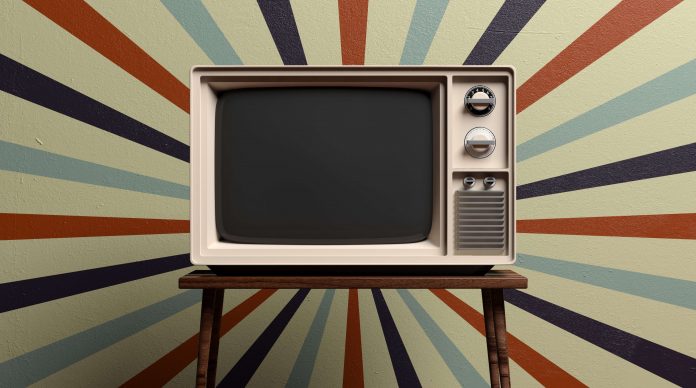It may be hazy, but there was a time before streaming platforms when the entertainment was provided by TV channels, first Doordarshan and then the host of satellite networks that had audiences hooked to their screens. There was Chhayageet and Chitrahaar, Krishi Darshan and Santa Kukdi, Flash Gordon and Star Trek; then came the best years of DD with epics like Ramayan and Mahabharat, comedies like Yeh Jo Hai Zindagi, family dramas like Hum Log and Buniyaad, Detective Karamchand solving crimes and Rajni dealing with social problems. The West was enjoying Remington Steele, ER, Friends, Sex and The City, Boston Legal, The Sopranos.
A pick of 10 vintage TV shows, that turn up on streaming platforms occasionally or can be glimpsed on YouTube, and are still worth watching:
Dekh Bhai Dekh:
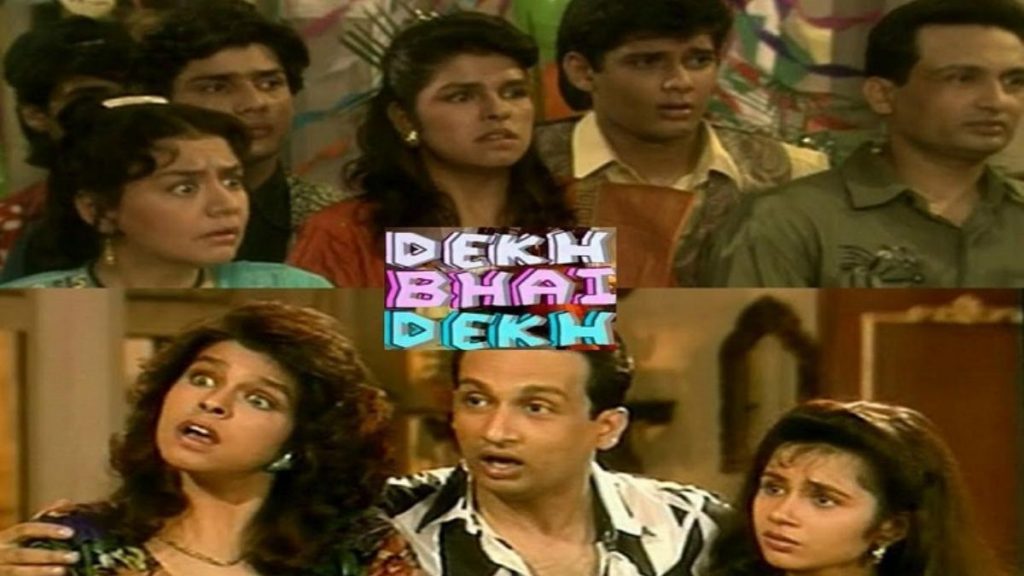
Anand Mahendroo’s sitcom that premiered on DD Metro in May 1993, is still the template for family comedies. The uproariously funny series was about three generations of the Diwan family living in their large bungalow in Mumbai. Starring Navin Nischol, Shekar Suman, Farida Jalal, Bhavana Balsaver, Sushma Seth and a cast of fine comic actors, the plots were simple and the laughter generated by the interactions between the characters, their quirks and always hilarious reactions to day to day domestic situations.
Fauji:
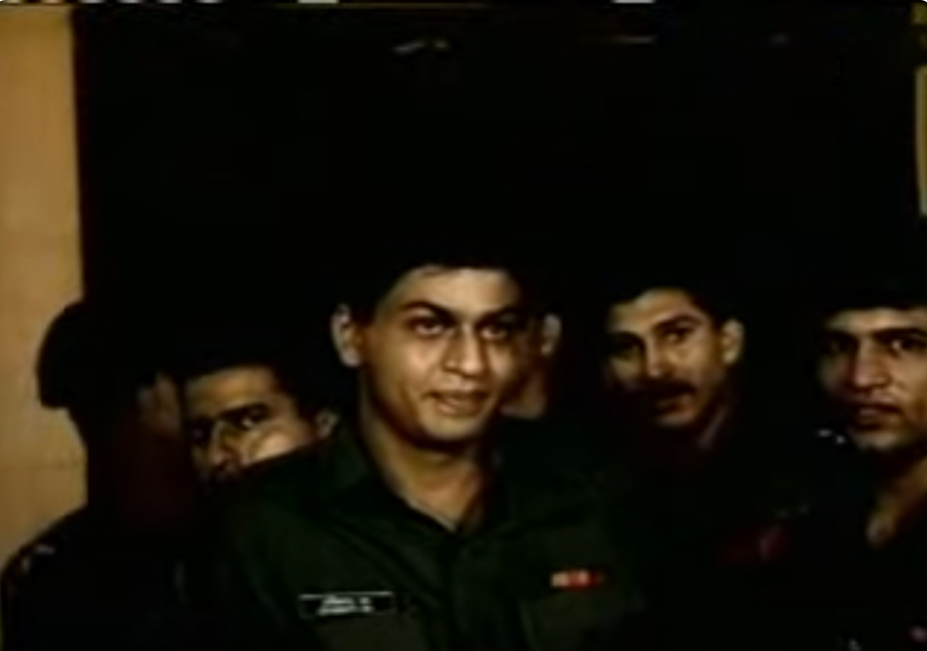
Now famous for being Shah Rukh Khan’s debut, this 1989 show, directed by Colonel Raj Kapoor, the show in DD National was about training of an Indian Army commando regiment. It was a simple and watchable show about the recruits, their training, struggles, friendships, rivalries and hassles. It had just 13 episodes, but remains in the memory of those who watched it. Shah Rukh Khan was bumped up from second lead to protagonist, because “the camera loved him”, according to Colonel Kapoor.
Nukkad: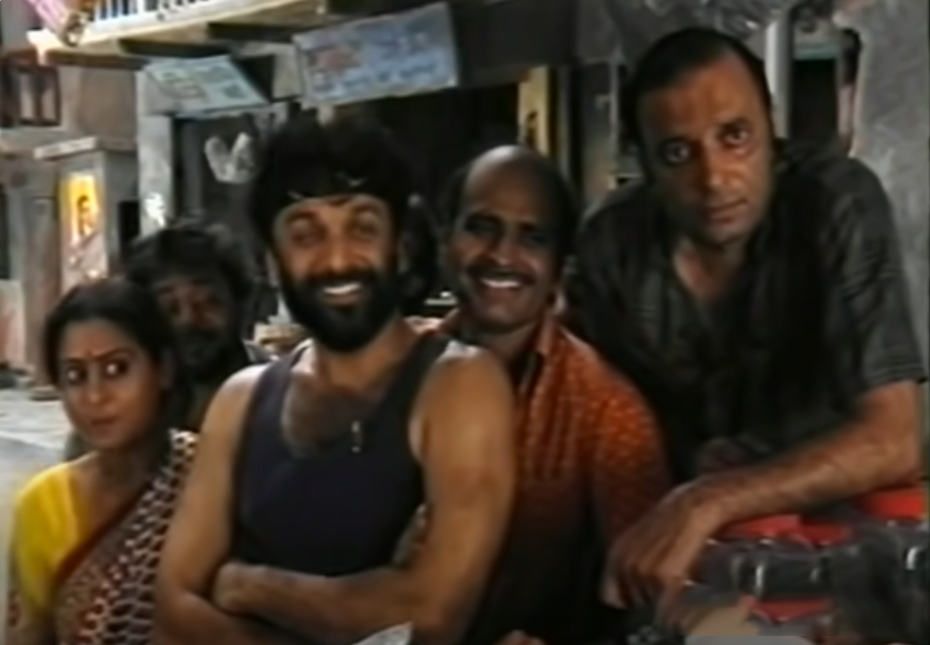 A quintessential Mumbai series, directed by Saeed Akhtar Mirza and Kundan Shah, it was about a group of street dwellers and their problems. The actors Dilip Dhawan, Pavan Malhotra, Rama Vij, Avtar Gill, Sameer Khakhar and others were known by their screen names like Khopdi, Kaderbhai and Ghanshu for years. The show romanticised poverty but also humanised the people nobody really cares about in the city, so they form a community for themselves.
A quintessential Mumbai series, directed by Saeed Akhtar Mirza and Kundan Shah, it was about a group of street dwellers and their problems. The actors Dilip Dhawan, Pavan Malhotra, Rama Vij, Avtar Gill, Sameer Khakhar and others were known by their screen names like Khopdi, Kaderbhai and Ghanshu for years. The show romanticised poverty but also humanised the people nobody really cares about in the city, so they form a community for themselves.
Bharat Ek Khoj:
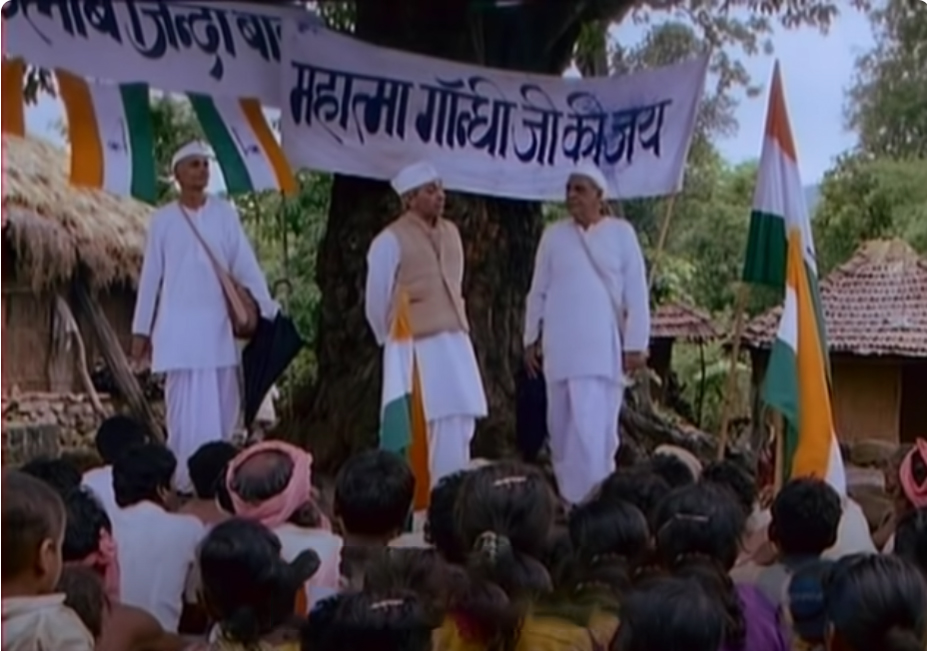
Only Shyam Benegal could have put together a talented star cast – Naseeruddin Shah, Om Puri, Roshan Seth, Mita Vashisht—to name a few, and a team of writers to bring Jawaharlal Nehru’s book, The Discovery of India, covering 5000 years of Indian history to the television screen. The 53-episode show was grand, well-researched and educative. Production designer Nitish Roy along with Samir Chanda and Nitin Desai built 144 sets; the costumes were rich and authentic, and the acting first rate. Anyone who needs a refresher course on history would do well to watch this series.
Mirza Ghalib:

The 1988 series written and directed by Gulzar, starred Naseeruddin Shah as the legendary poet Ghalib, who lived during the reign of Mughal Emperor Bahadurshah Zafar (Sudhir Dalvi). Tanvi Azmi played his wife and Neena Gupta a courtesan who loved him, The story of the life and travails of the poet had wonderful ghazals composed and sung by Jagjit and Chitra Singh, and back then, the cassette was a collectors’ piece. The casting of Shah as the temperamental and tragic man was perfect.
Here’s Lucy:
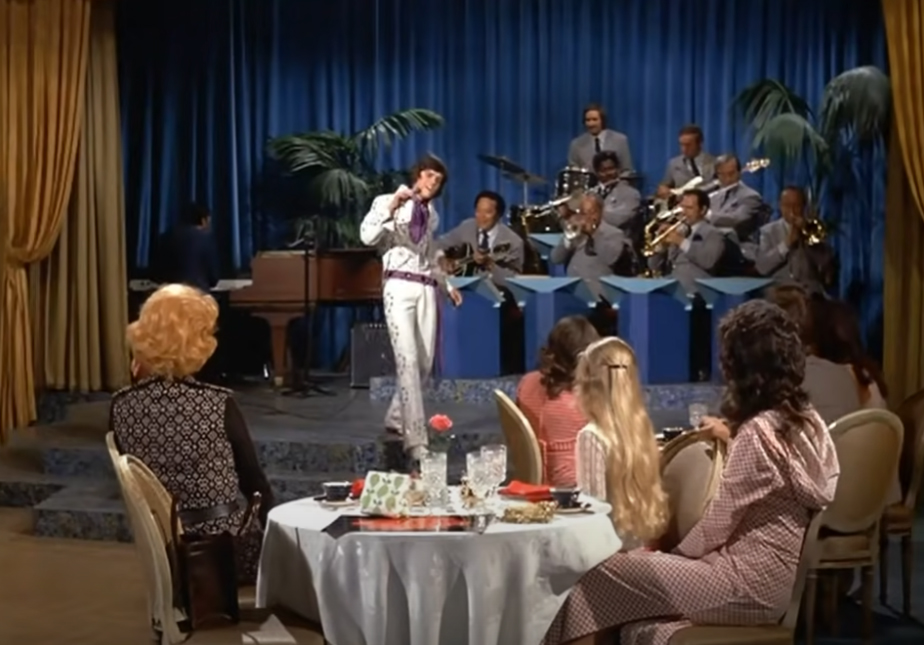
The original sitcom queen Lucille Ball’s show in which she played a scatterbrained woman, with Gale Gordon playing her harried boss and real-life children Lucie Arnaz and Desi Arnaz Jr, playing her kids. It was broadcast on CBS from 1968 to 1974 and appeared on DD in the early days and enjoyed huge popularity. It was Ball’s third network sitcom, following I Love Lucy and The Lucy Show, and though her marriage to Desi Arnaz fell apart, her career as a comic star and television producer went on for many years.
The Twilight Zone:
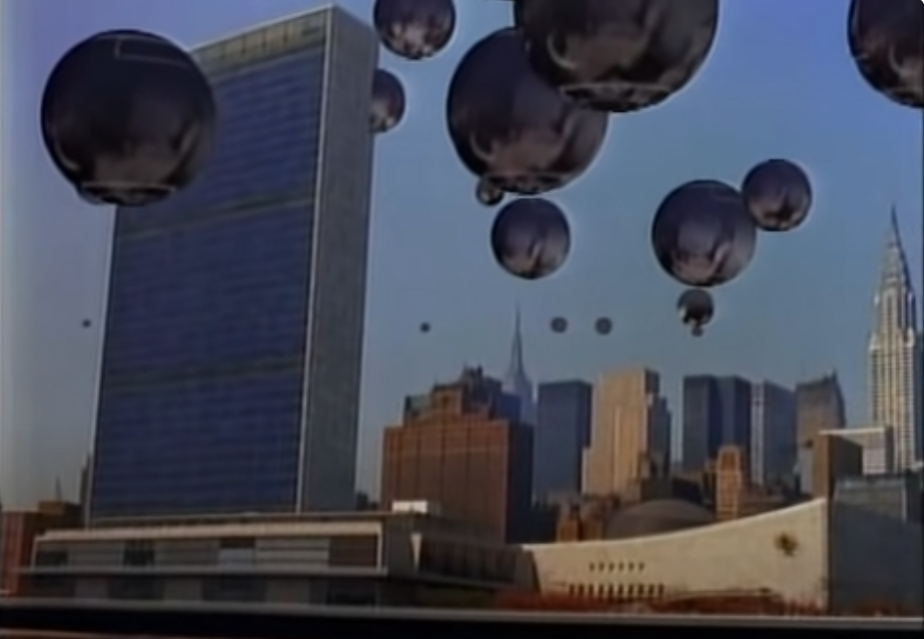
The American sci-fi horror anthology series was created by Rod Serling and ran for five seasons from 1959-1964. A pioneering show in its genre, the standalone episodes had characters go through disturbing encounters with the paranormal. Made before sophisticated computer graphics came to be used, it was scary and fascinating. The term “twilight zone” came to be used to describe inexplicably strange or eerie experiences. Ranked among the top TV series of all time, over the years, it has acquired cult status and provided inspiration to dozens of filmmakers working on horror-fantasy projects.
Yes Minister:
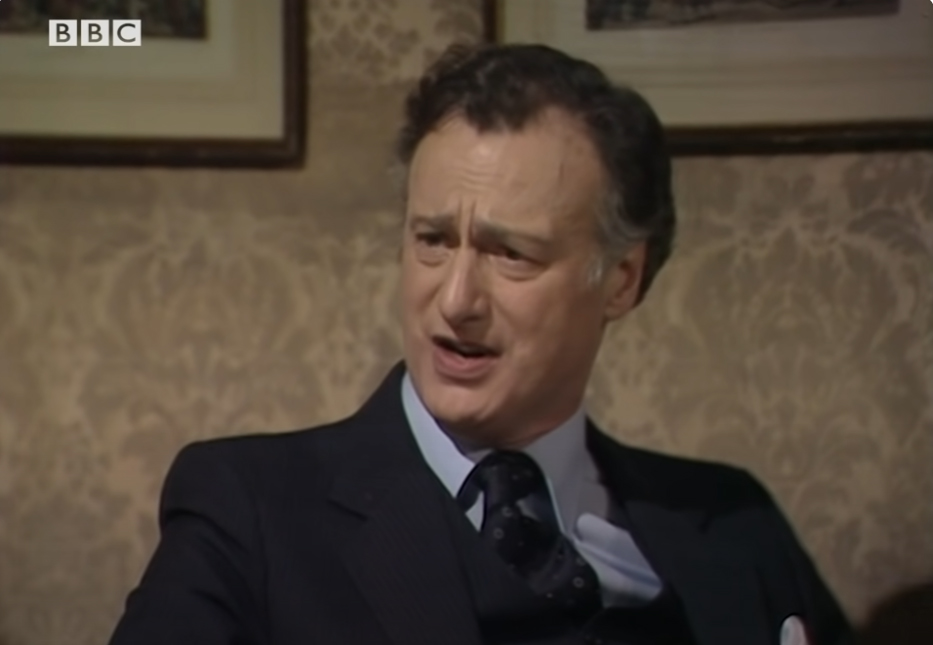
Unarguably the best political satire ever made for television, proving if proof were needed that nobody can do humour better than the British. Written by Anthony Jay and Jonathan Lynn, the show first aired in 1980, was about the constant friction between a minister, Jim Hacker (Paul Eddington) and a high-level bureaucrat, Sir Humphrey Appleby (Nigel Hawthorne). Every time Hacker wants to formulate or change any policy, Appleby trips him up, because it is his job to maintain the status quo. The show had an even more brilliant sequel, Yes, Prime Minister. The series won several BAFTAs and was consistently listed among the Top 10 British sitcoms.
Fawlty Towers:
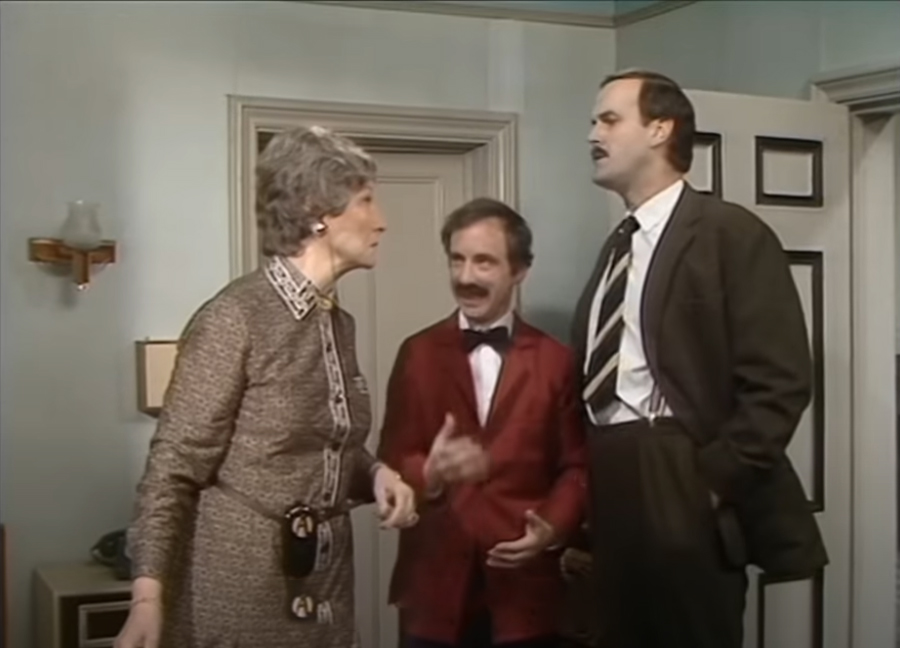
The British comedy, created by John Cleese and Connie Booth was originally broadcast in 1975 and was ranked first on a list of 100 Greatest British Television Programmes drawn up by the British Film Institute in 2000. The series is set in Fawlty Towers, a fictional hotel in the English town of Torquay, run by the brusque owner Basil Fawlty (Cleese) and his bossy wife (Prunella Scales). The efficient chambermaid (Booth) and the hapless Spanish waiter (Andrew Sachs) with his limited English, somehow manage to run the place and deal with a succession of demanding guests and comic situations.
Midsomer Murders:
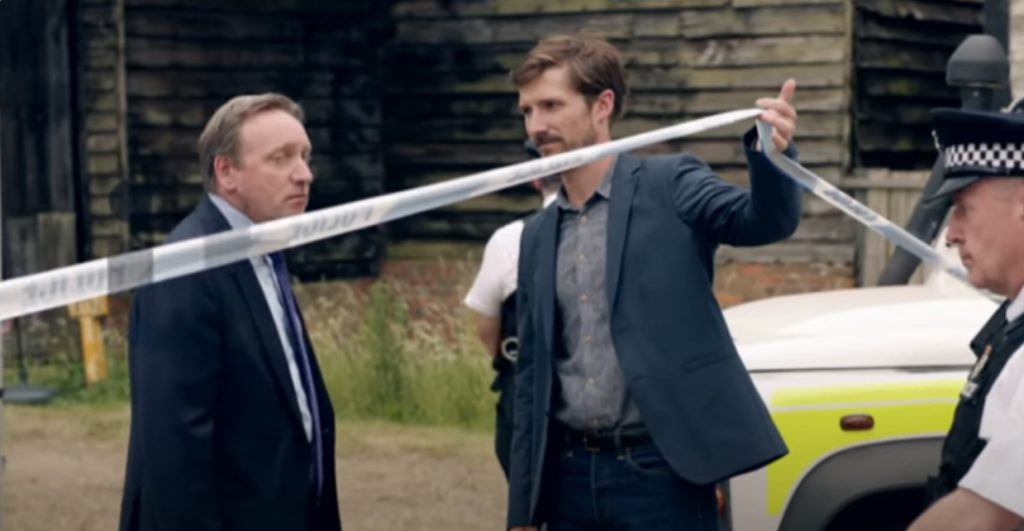
This British crime show started in 1997 and ran for 24 seasons. Adapted by Anthony Horowitz and Douglas Watkinson from Caroline Graham’s Chief Inspector Barnaby books. Starting with John Nettles several other actors played the protagonist as he followed murder cases in the small villages across the fictional county Midsomer. The show was whimsical and darkly humorous, shot in picturesque locations. Even though it was very English, the show became popular internationally too and was broadcast in over 200 countries. There was a big controversy when Brian True-May, the show’s creator, said in an interview that it would not have worked so well if there was any racial diversity in the village life. Ironically, till he pointed it out, the show’s fans did not even notice its whiteness!



